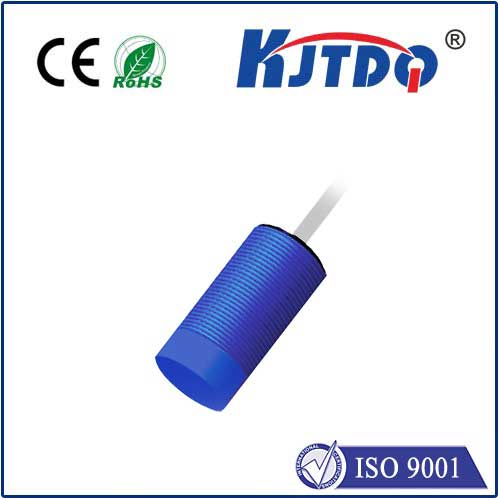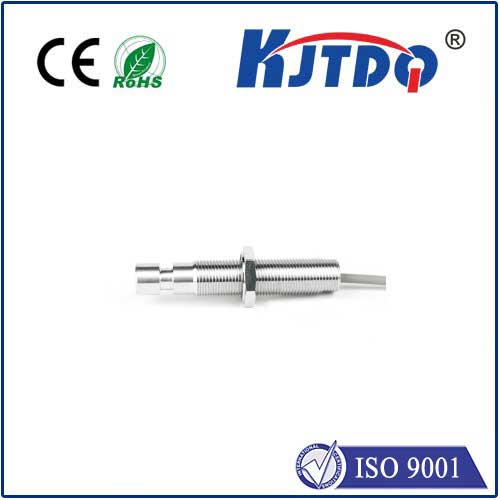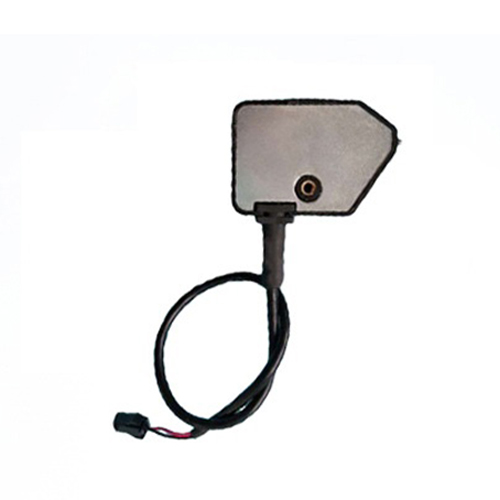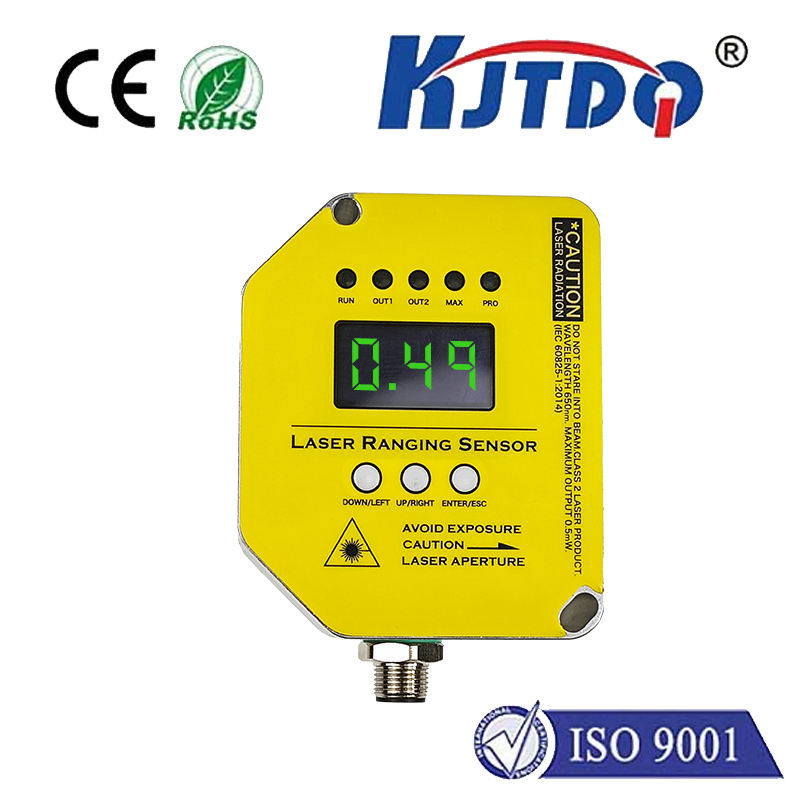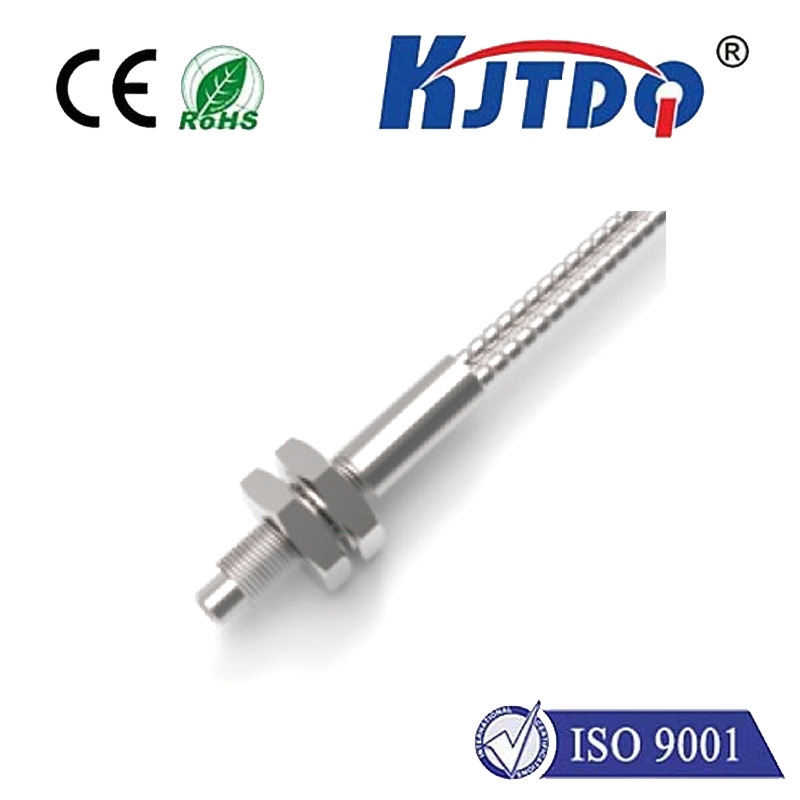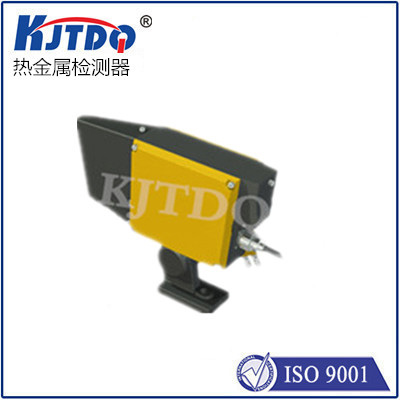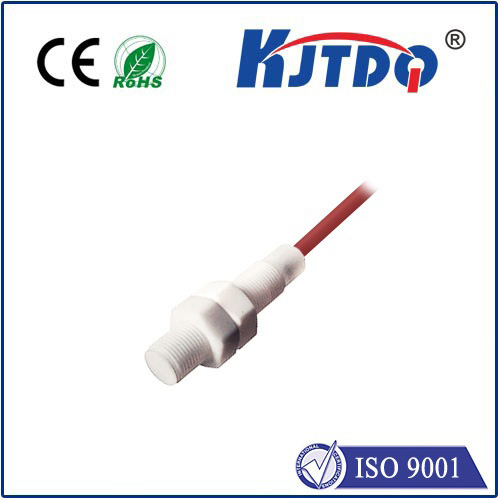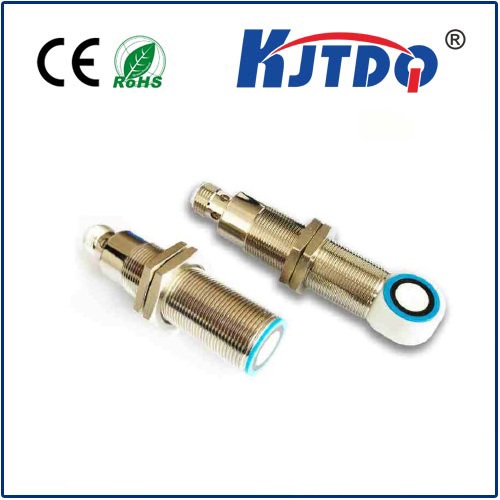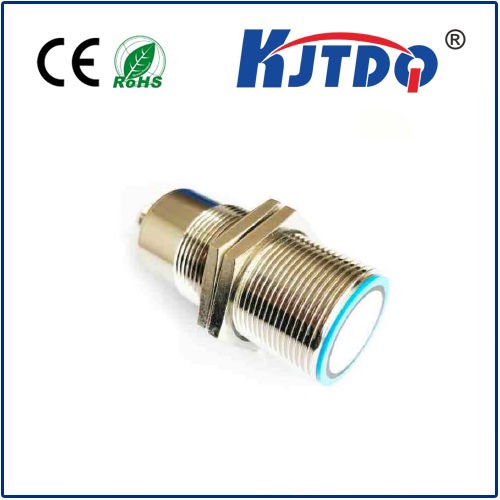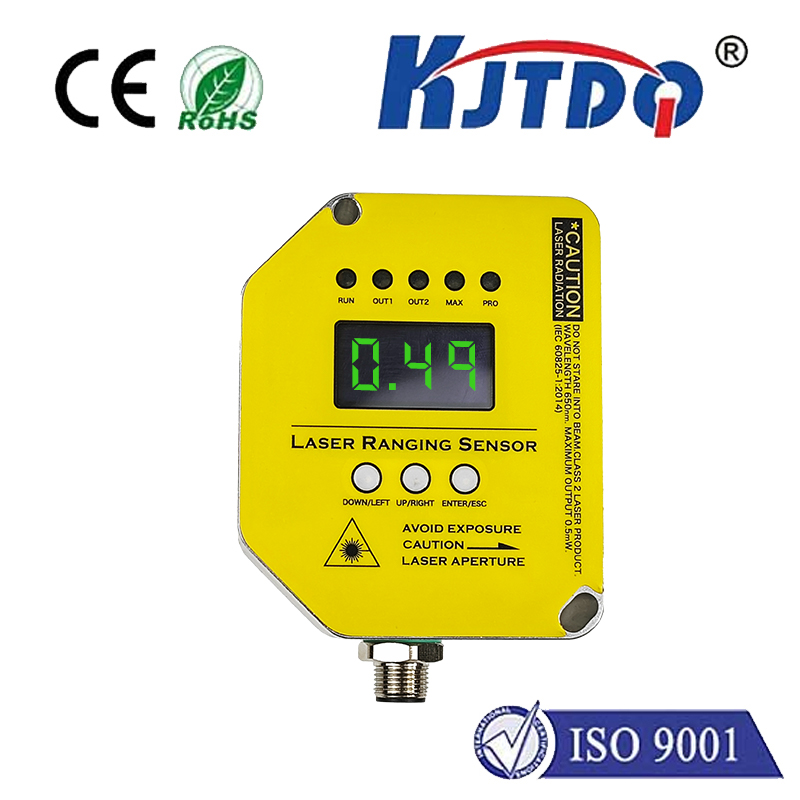thermal heat sensor
- time:2025-08-22 01:21:28
- Click:0
Thermal Heat Sensors: Unveiling the Invisible World of Infrared Energy
Imagine possessing a superpower: the ability to see the invisible energy radiating from every warm object and living being. This isn’t science fiction; it’s the fundamental principle behind thermal heat sensors. These remarkable devices translate the unseen infrared spectrum into actionable information, transforming how we perceive and interact with our environment across countless fields. They are the silent sentinels, detecting temperature variations invisible to the naked eye and enabling critical applications from life-saving diagnostics to industrial precision.
At their core, thermal heat sensors detect infrared radiation (IR). All objects with a temperature above absolute zero (-273.15°C or 0 Kelvin) emit energy in the form of electromagnetic waves, primarily within the infrared spectrum. The hotter the object, the more IR radiation it emits. A thermal sensor acts as a specialized receiver for this energy. Unlike contact thermometers, they perform non-contact temperature measurement. This is a crucial advantage, allowing for assessment of moving objects, hazardous environments, or delicate surfaces without physical interference.
The magic happens through advanced materials and electronics. Most modern thermal sensors fall into two main categories:

- Thermopile Sensors: These sensors generate a small voltage signal when exposed to IR radiation. They consist of multiple thermocouples connected in series. As the IR radiation heats one set of the thermocouple junctions (the “hot” junctions) relative to a reference (“cold”) junction, a voltage proportional to the temperature difference is produced. They are known for their robustness, stability, and suitability for medium-temperature measurements, often found in appliances or industrial control systems.
- Microbolometer Sensors: This is the dominant technology in uncooled thermal imaging cameras. A microbolometer is essentially a tiny resistor made from materials whose electrical resistance changes significantly with temperature. When IR radiation strikes the pixel elements in an array, they heat up, causing a measurable change in resistance. This change is processed to create a detailed thermal image or precise temperature readings per pixel. Microbolometers operate effectively at room temperature, making them more compact, energy-efficient, and affordable than cooled alternatives.
The advantages of thermal sensors over traditional methods are compelling:
- Non-Contact Measurement: Essential for moving machinery, hazardous materials, or sterile environments.
- Full Area Scanning: Thermal imaging cameras using sensor arrays can instantly visualize temperature distributions across entire scenes, revealing hotspots or cold spots invisible otherwise.
- Rapid Response: They detect temperature changes extremely quickly, enabling real-time monitoring.
- Functionality in Darkness: Since they detect emitted radiation, not reflected visible light, they are ideal for complete darkness, smoke, fog, and dust.
- Quantitative & Qualitative Data: They provide precise temperature readings and visual thermal maps.
These unique capabilities drive their widespread adoption:
- Building Diagnostics: Inspectors use thermal imaging cameras to pinpoint heat loss through poor insulation, air leaks, and moisture intrusion, enabling targeted energy efficiency upgrades and preventing structural damage.
- Predictive Maintenance (PdM): Technicians scan electrical panels, motors, bearings, and mechanical equipment. Overheating components signal impending failure, allowing for scheduled repairs before costly breakdowns occur. This proactive approach is a cornerstone of modern maintenance strategies.
- Industrial Process Control: Thermal sensors monitor critical temperatures in manufacturing lines (glass, plastic, metal), kilns, dryers, and chemical reactors, ensuring quality control, process optimization, and safety compliance.
- Firefighting & Search & Rescue (SAR): Firefighters rely on thermal imaging cameras to see through smoke, locate victims, identify the seat of a fire, and avoid hazardous hotspots. SAR teams use them to find people at night or concealed by debris.
- Medical & Healthcare: Used for fever screening (especially prevalent recently) and detecting inflammation or circulatory issues. Veterinary medicine also heavily utilizes thermal diagnostics.
- Automotive: Night vision systems enhance driver safety. Thermal sensors monitor engine, exhaust, and battery temperatures for optimal performance and diagnostics.
- Security & Surveillance: Perimeter monitoring, intruder detection based on body heat signatures, and covert surveillance are key security applications, especially in low-light conditions.
- Consumer Electronics: Integrated into smart home devices for occupancy sensing and HVAC optimization, and increasingly featured in smartphones for innovative applications.
Choosing the right thermal sensor involves key considerations:
- Temperature Range: Does it need to measure very high (e.g., industrial furnaces) or very low (e.g., cryogenic) temperatures?
- Resolution & Accuracy: What level of detail and precision is required? Higher resolution is vital for imaging, while spot measurements demand specific accuracy.
- Response Time: How quickly does it need to detect temperature changes?
- Environment: Will it face extreme temperatures, humidity, dust, or vibrations? Robustness is critical in industrial settings.
- Form Factor: Is a single-point sensor enough, or is a full thermal imaging camera needed? Size and weight constraints matter for portable applications.
- Cost: Thermopiles offer cost-effective solutions for simpler tasks, while high-resolution microbolometer cameras represent a higher investment.
Continuous innovation drives the thermal sensor market forward. Advancements focus on achieving higher resolution at lower costs, improving temperature sensitivity to detect minute differences (high NETD - Noise Equivalent Temperature Difference), reducing pixel size for more compact cameras, enhancing multi-spectral capabilities, integrating machine learning for automatic anomaly detection, and improving ruggedness. The future points towards smarter, smaller, cheaper, and more accessible thermal imaging solutions.
From ensuring our homes are energy-efficient to saving lives in burning buildings or on rescue missions, thermal heat sensors provide an indispensable sixth sense. By converting the invisible thermal world into actionable data and imagery, they empower professionals and consumers alike to make informed decisions, enhance safety, optimize processes, and unlock efficiencies. Understanding their technology and vast array of applications is key to appreciating how these infrared detectors continue to shape and improve our modern world.






